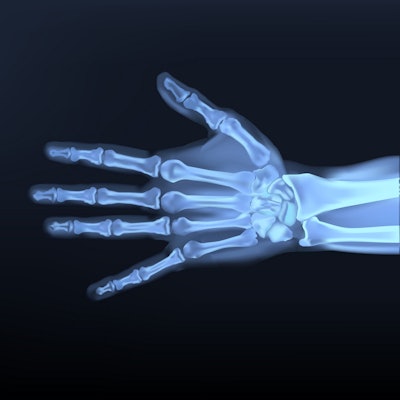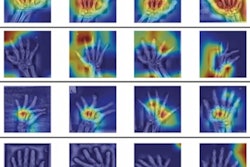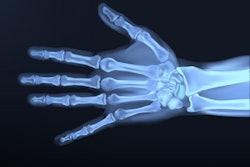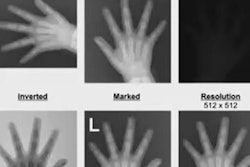
Current approaches for estimating a person's age on x-rays may not be reliable in Botswana populations, according to a study by forensic scientists. The finding has implications in rising court cases involving children, they noted.
A group led by Baraedi Olaotse of the Botswana International University of Science and Technology in Palapye found that the use of the Greulich-Pyle (GP) atlas -- the most frequently used method for assessing skeletal age around the world -- underestimated ages for males and females in a set of 140 children's hand and wrist x-rays.
"Botswana is experiencing an increase in the number of cases of human trafficking and child abuse, and the offenders range in age from minors to adults," the group noted. "Age estimation requires methods with high accuracy and reliability as the estimate can be used to decide if a victim or perpetrator should be treated as an adult or as a minor during trial." The study was published February 23 in Forensic Science International: Reports.
The GP atlas was introduced in the 1950s and consists of 1,000 hand x-rays of white people living in Cleveland between the ages of 0 and 18 years old. To estimate bone age, doctors compare a patient's left-hand wrist x-ray with images in the atlas.
However, considerable evidence suggests that bone age is affected by different criteria, such as gender, ethnicity, nutrition, and geographical location, according to the authors. Even though the GP atlas is used for court purposes in Botswana, its validity for the Botswana population has not been tested, they wrote.
To that end, the group collected 140 x-rays from local hospitals for patients between the ages of 5 and 18. Sixty were females and 80 were males. Two experienced readers first derived skeletal age estimates using the GP atlas. This was followed by a comparison between the skeletal age estimates and the chronological ages of the patients.
Overall results indicated that use of the GP atlas underestimated Botswana female age by 0.64 years, while age for males was underestimated by 0.50 years. For the important 15- to 18-year-old age group, the mean skeletal age difference was found to be 0.94 for males and 0.50 for females, indicating that age was underestimated for both males and females, the authors reported.
"This presents a problem in cases where the offender and/or the victim are around the critical legal age of 18 as the method can underestimate or overestimate their ages and thereby leading to wrong classification of their cases," they wrote.
Ultimately, the researchers called for a Botswana-specific standard to account for variations in nutrition and ancestry between the Botswana population and individuals used in the atlas, the researchers suggested.
"The atlas should be used in conjunction with other age estimation methods. We recommend the use of high-resolution x-rays and a bigger sample size for the establishment of Botswana specific standard," the group concluded.




















